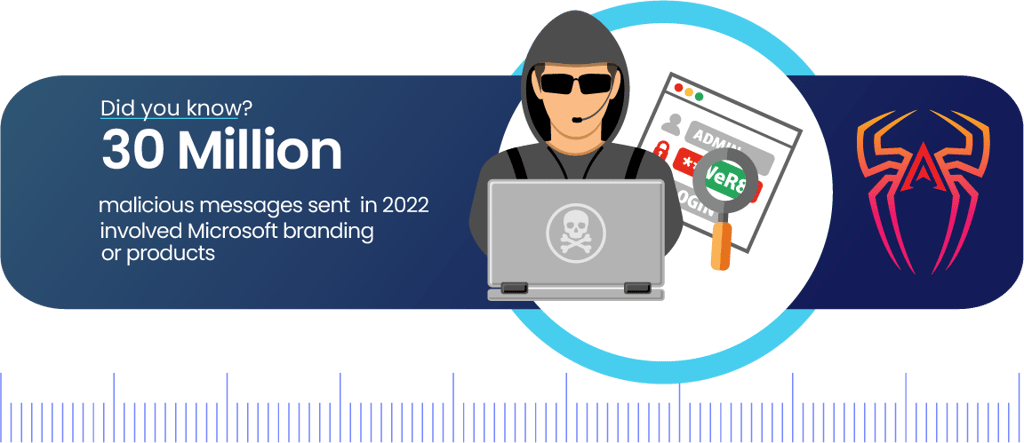Refund Scam Alert | Mobile Cybersecurity | Protect Your Phone and Data | CrawlTech Blog
💳 The Refund Scam Alert: How Fake Credit Card Charge Emails Trick You into Losing Thousands. Learn how to protect your phone, apps, and data with essential mobile cybersecurity tips. CrawlTech’s MSSP team explains the top threats and how to stay secure on the go.
By CrawlTech Cybersecurity Team
10/18/20252 min read


💳 The Refund Scam: How Fake Credit Card Charge Emails Trick You into Losing Thousands
We’ve all seen it — an email that looks official, warning you that your credit card was charged for something you don’t remember buying. The message includes a phone number to “fix” the charge or request a refund.
But it’s not real.
It’s one of today’s most dangerous phishing and social engineering scams, and victims are losing thousands of dollars every day.
⚠️ The Setup: A Fake Charge Alert
The scam starts with an email that appears to come from a trusted company, such as:
Amazon
Norton or McAfee
Microsoft
PayPal
Apple
The message claims your account was billed for a subscription renewal, antivirus product, or large online purchase. It looks professional — complete with logos, order numbers, and even a “customer service” phone number.
The goal? To get you to panic and call immediately.
🎣 The Trap: Remote Access
Once you call the number, the scammer calmly explains that a mistake occurred — and they’ll “help you process a refund.” They then ask you to install a remote access program such as:
AnyDesk
TeamViewer
Zoho Assist
UltraViewer
This gives the scammer full control of your computer. You’ll see your cursor move as they “help” navigate your online banking portal.
💰 The Trick: The Refund Illusion
This is where the scam gets sneaky.
The scammer claims they “accidentally refunded too much money” — showing a fake transaction on your screen that looks like they deposited thousands of dollars into your account.
Then they plead for you to return the overpaid amount, saying they’ll lose their job if you don’t.
Many victims, believing they’ve received real funds, send the money — often by e-transfer, crypto, or gift card codes.
By the time they realize the refund never happened, the scammer is long gone.
🚩 How to Spot the Scam
You can protect yourself by looking for these red flags:
The sender address doesn’t match the company domain (e.g., “support-amazon@protonmail.com”)
The message uses urgency or fear (“Your account will be charged today!”)
The support number doesn’t match the company’s website
You’re asked to install software or share your screen
You’re pressured into quick action or secrecy
Remember: no legitimate company will ever ask for remote access to process refunds.
🧩 How to Protect Yourself
If you ever receive one of these messages:
1️⃣ Do not call any number in the email.
2️⃣ Log in directly to your bank or vendor’s official website.
3️⃣ Report the message as phishing.
4️⃣ Never share your banking credentials or remote access with anyone.
5️⃣ Keep your antivirus and MFA enabled to block malicious programs.
🔐 CrawlTech’s Cybersecurity Advice
At CrawlTech, we see these scams evolve faster than ever — blending phishing, remote access tools, and social engineering into a convincing trap.
Whether you’re a business owner, employee, or home user, cyber awareness is your first line of defense.
If you think you’ve been targeted, disconnect immediately, change your passwords, and contact your bank.
Stay alert, stay informed, and protect yourself — because no refund is worth the risk.
Visit CrawlTech.ca for trusted cybersecurity advice, managed protection, and awareness resources to keep your digital life secure.


